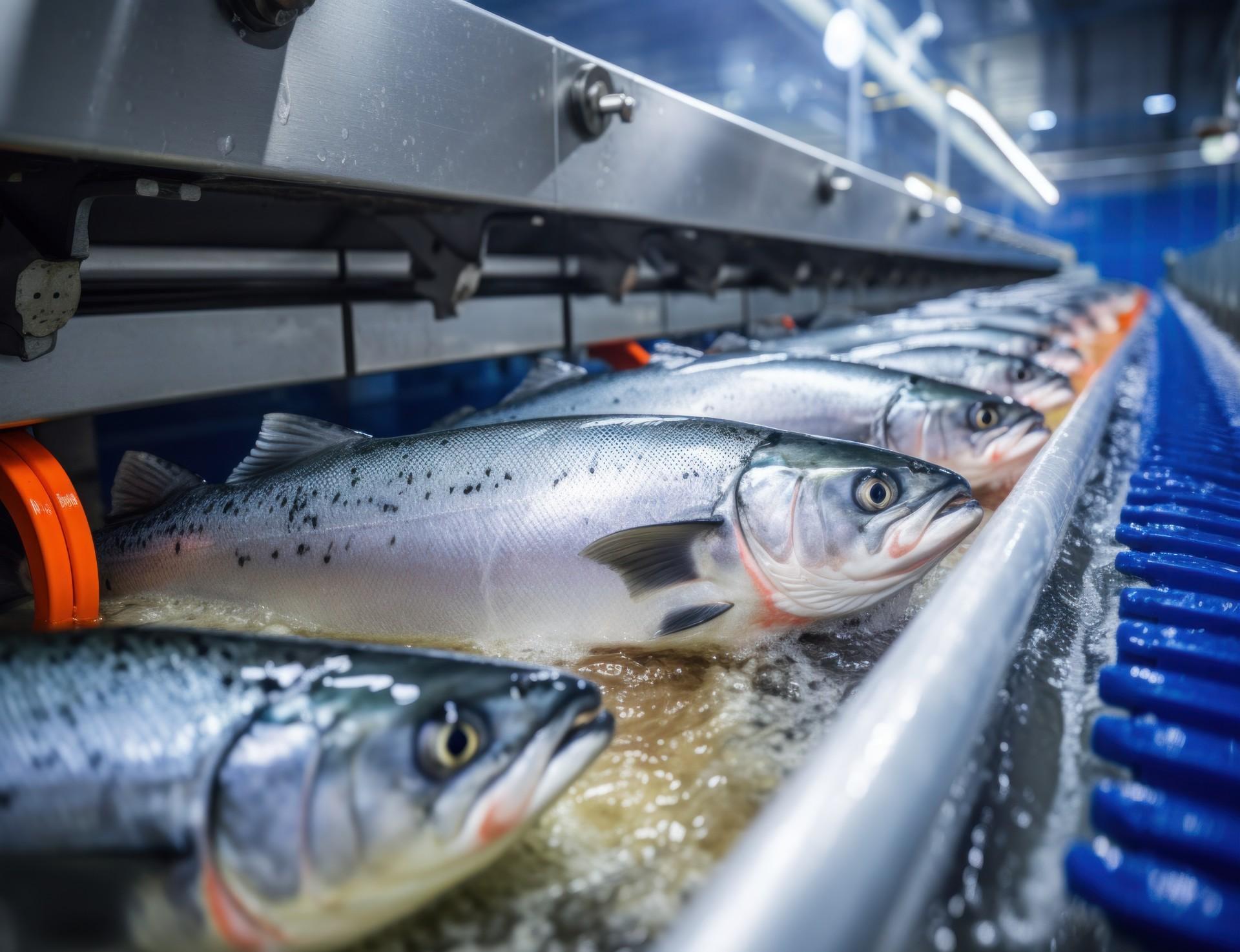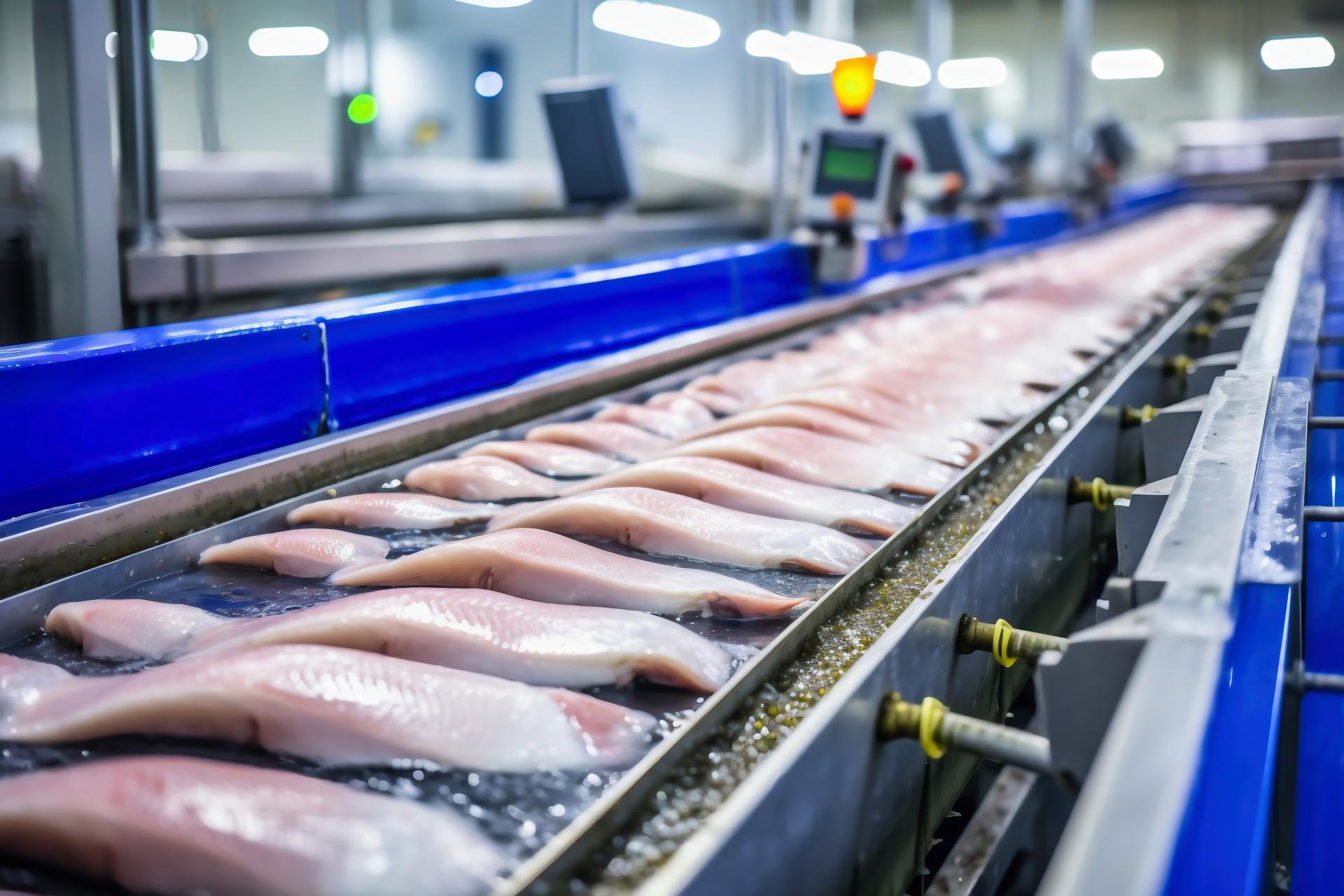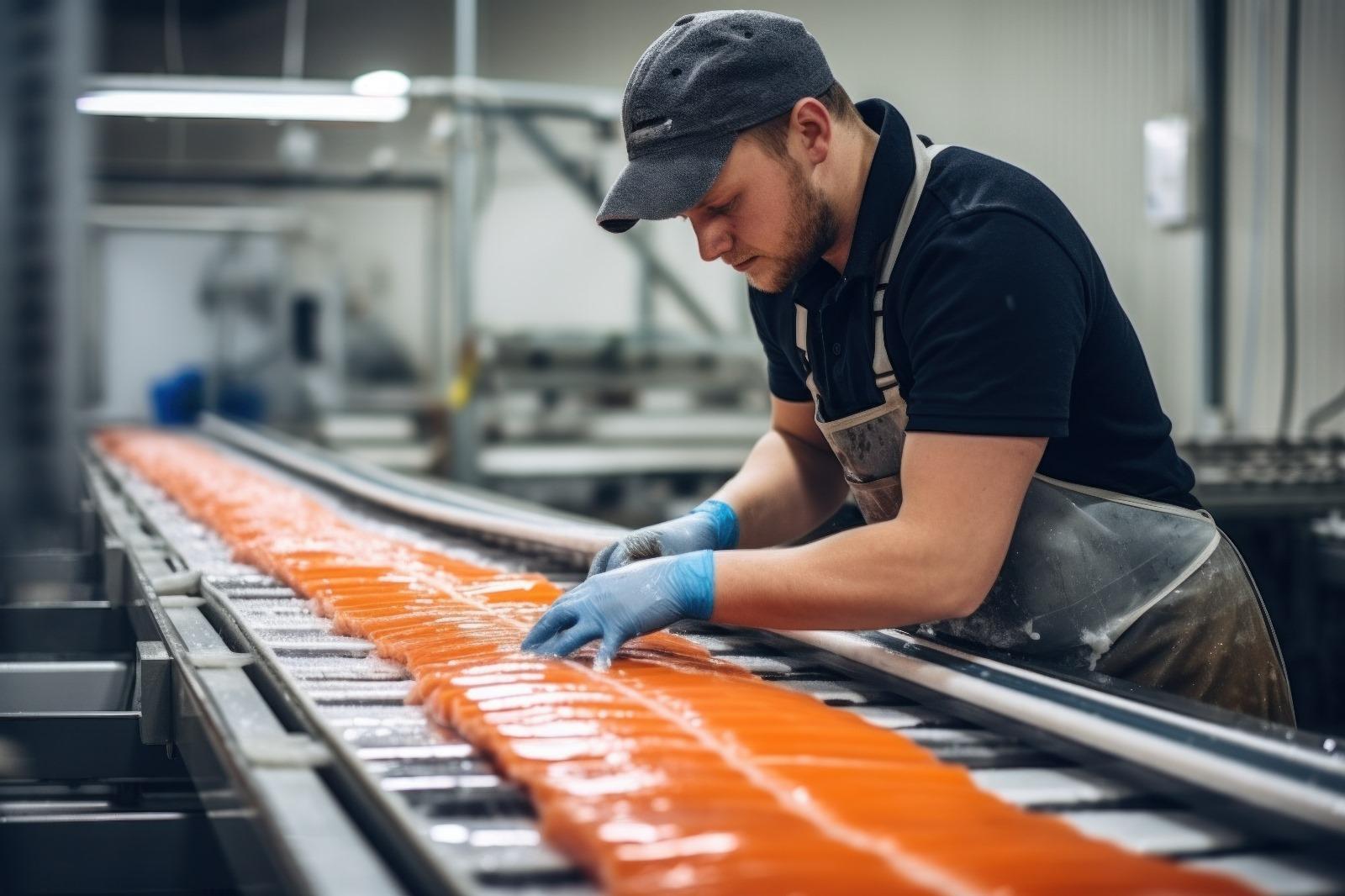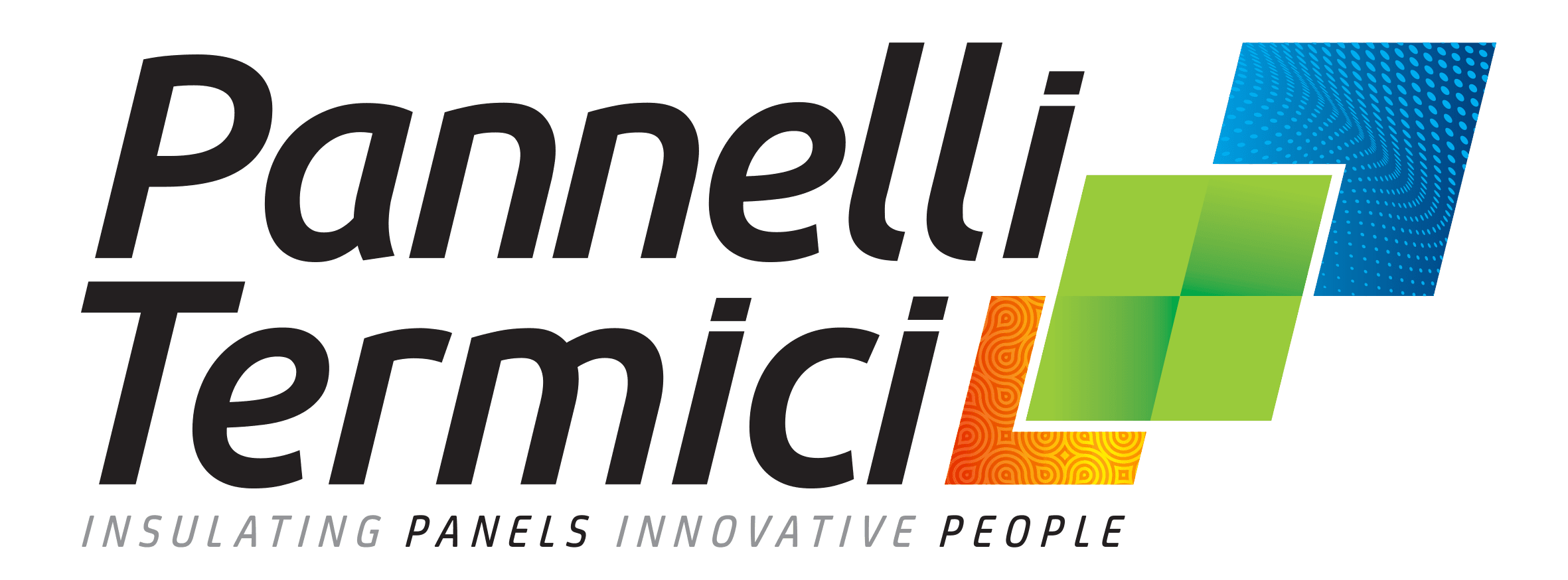Fish Preservation Environment: definition and guidelines
Fish Preservation Environment: definition
A fish preservation environment is a space designed to preserve the freshness and quality of fish through controlled conditions, characterized by a high concentration of salt and humidity. The intensive presence of sea salts, along with constant humidity, creates an aggressive environment aimed at maintaining the fish in an optimal state.


An environment that is salty and very humid can have serious consequences on walls and ceilings made with sandwich panels containing polyurethane foams and metal skins in iron or aluminum, such as:
- Corrosion of Metal Skins: Saline moisture can significantly accelerate the corrosion process on metal skins in iron or aluminum, leading to rust formation in steel or oxidation in aluminum. This compromises the structural and aesthetic integrity of the material.
- Moisture Absorption in Polyurethane Foams: Polyurethane foams, commonly used as insulation, easily absorb the vapor present in humid air, thereby greatly reducing their thermal resistance. This absorption can not only compromise the effectiveness of thermal insulation but also promote the proliferation of mold and bacteria, making the environment less hygienic. Molds not only damage the structure of materials but can also have negative impacts on air quality, rendering the room unsuitable for its purpose.
- Need for Constant Maintenance: The aggressive environment requires constant maintenance to prevent irreparable damage. This entails additional expenses and downtime for maintenance operations, negatively impacting the productivity and efficiency of the facility.
In summary, the combination of high humidity, salinity, and sensitive materials can cause structural damage, thermal insulation problems, and health risks. The choice of resistant materials and targeted designs becomes essential to preserve the integrity of the environment and ensure long-lasting durability without compromising the quality of the preserved products and production continuity.


Guidelines for Fish Preservation Rooms
At the European level, the EN 1672-2:2005 standard is followed, providing detailed guidelines for the hygienic design of food equipment, including the walls and ceilings of environments where food is processed.
Another important regulatory reference is EN 12463-1:2002 which deals with the general performance of industrial doors, including doors for food processing environments.
Why Invest in Sale di Lavorazione del Pesce
The careful design of fish processing environments is crucial due to the extremely aggressive environments present in such structures. They are exposed to high concentrations of humidity and salts, coming from fish residues and frequent washings.
The sandwich panels constituting the walls and ceilings must be built with highly corrosion-resistant materials, such as fiberglass, to avoid damage caused by rust or chemical corrosion. Additionally, their internal insulating structure, besides not absorbing water or vapor, must be carefully sealed to prevent moisture infiltration, thus maintaining hygiene and preventing mold formation. The choice of resistant materials and correct design not only prolongs the structure's lifespan but also ensures high hygiene standards, essential in fish processing operations where cleanliness and compliance with health regulations are paramount to guarantee product quality and safety.


